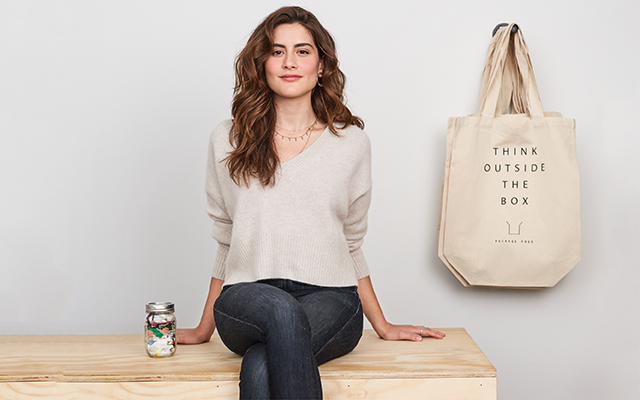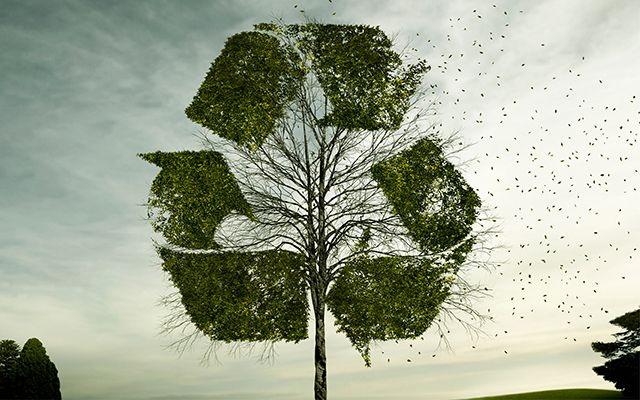For many of us, recycling is one small action we take to protect the environment. Yet it comes with its own concerns and consequences, from questions of what’s actually recyclable to wondering where it all ends up.
Americans are the world’s most prolific consumers, and, in turn, our garbage has become our top export. For more than 25 years, we shipped the bulk of our recyclables to China, where they were processed — and often sold back to us as consumer goods.
That’s all changed. In 2017 China stopped buying our garbage, in large part to protect its own environment and its citizens’ health.
American domestic reclamation of glass and paper continues, but much of our carefully collected and sorted trash is now being dumped into landfills or incinerators because there’s nowhere to recycle it. So what can we do?
We can change our mindset, advises Pulitzer Prize–winning environmental journalist Edward Humes, author of Garbology: Our Dirty Love Affair With Trash. Recycling needs to be our “last line of defense against waste, not the leading one,” he writes in a Cato Institute journal.
These ideas can help combat our trash troubles.
Reduce
The average American generates 4.48 pounds of garbage daily (as of 2015, the most recent year available), according to the EPA. This is 67 percent more than what we created in 1960. We can all consume less, but we need to reduce packaging substantially as well, Humes notes. Not wasting materials in the first place is naturally more efficient and less expensive than recovering resources via recycling.
Reuse
Manufacturers need to reuse resources, Humes says: Recycling is indeed expensive, but it’s still generally less costly to reprocess trash into raw materials than extract virgin resources and produce new materials — never mind the energy and carbon savings. “Recycling economics should be weighed not as the last step in waste disposal, but as the first step in manufacturing,” he says.
Reinvest
Eighty percent of what Americans throw away could be recycled — yet we recycle only 28 percent of it. And while recycling continues to increase, it’s not keeping pace with the amount of trash we generate.
Meanwhile, we’re dumping 52 percent of our garbage in landfills. The United States needs to be the leader in investigating and investing in ways to recycle our own trash better, Humes says.
Rethink
We can’t count on recycling alone to solve our trash troubles, says Humes. He advocates incentives to conserve. Municipal trash services could reward households that generate lower trash volumes. Waste producers, such as junk mailers, should not be subsidized by lower postal rates — they should be charged more. “Recycling, in short, is better than nothing, but not nearly good enough on its own.”
What You Can Do Now
Here are several more actions you can take:
- Consume less and enjoy life more: See “The Art of Enough”.
- Learn to live with less plastic: See “18 Ways to Live With Less Plastic”.
- Raise your kids to be eco-conscious: See “How Can I Raise My Kids to Be Ecoconscious?”.




This Post Has 0 Comments